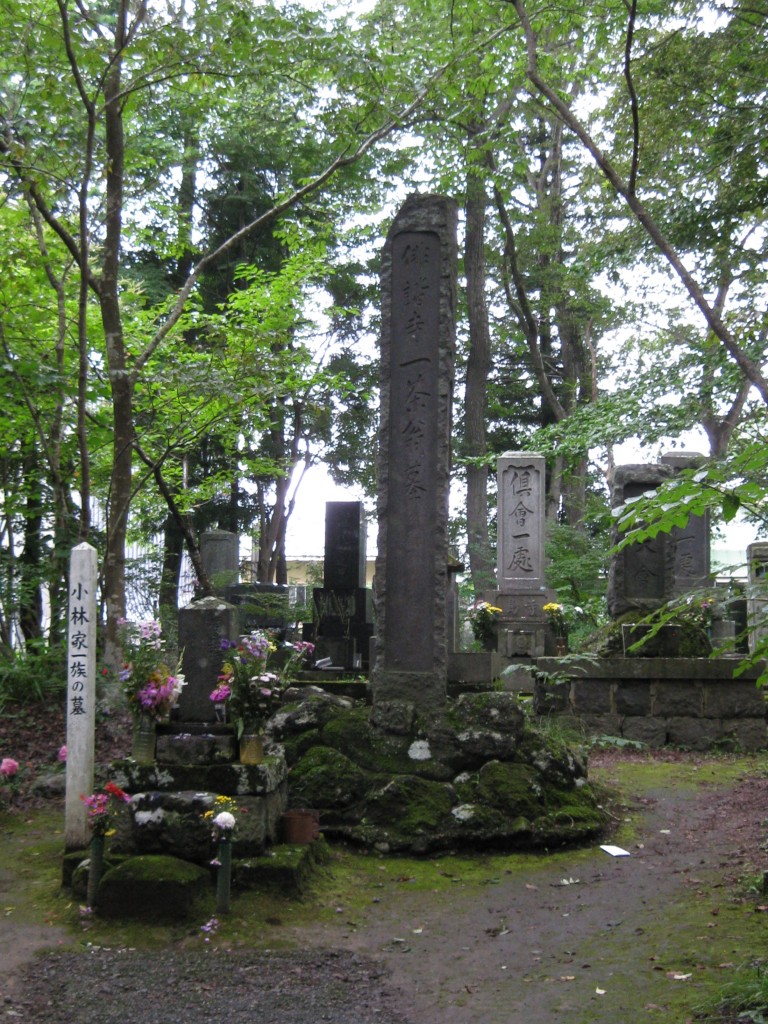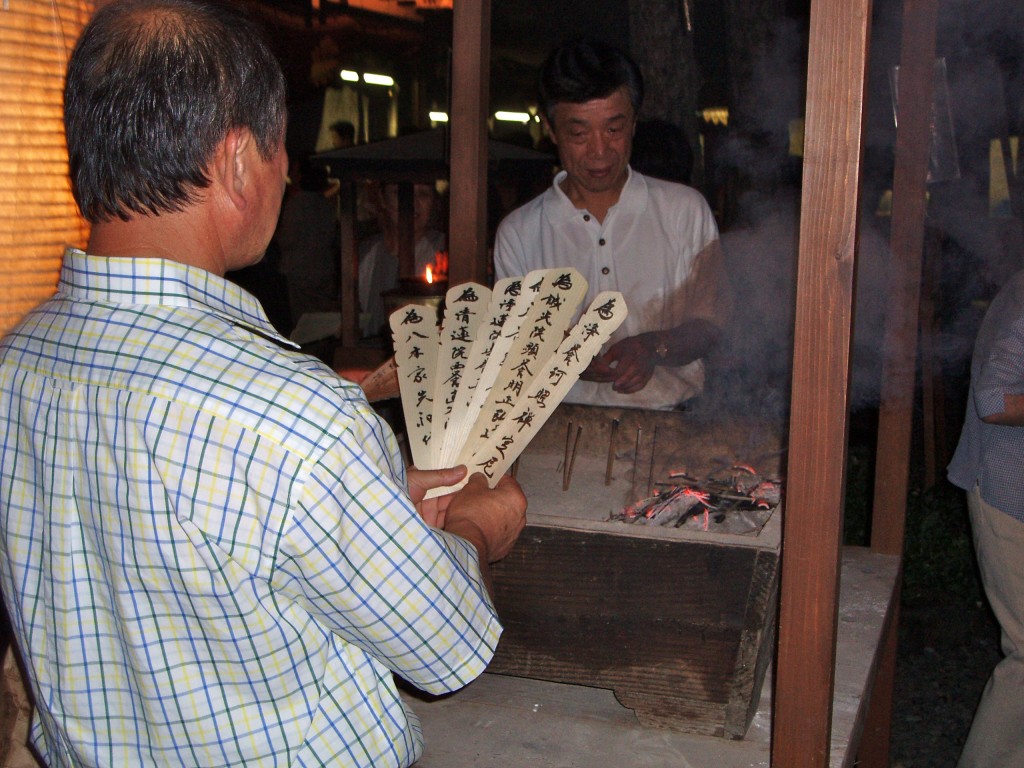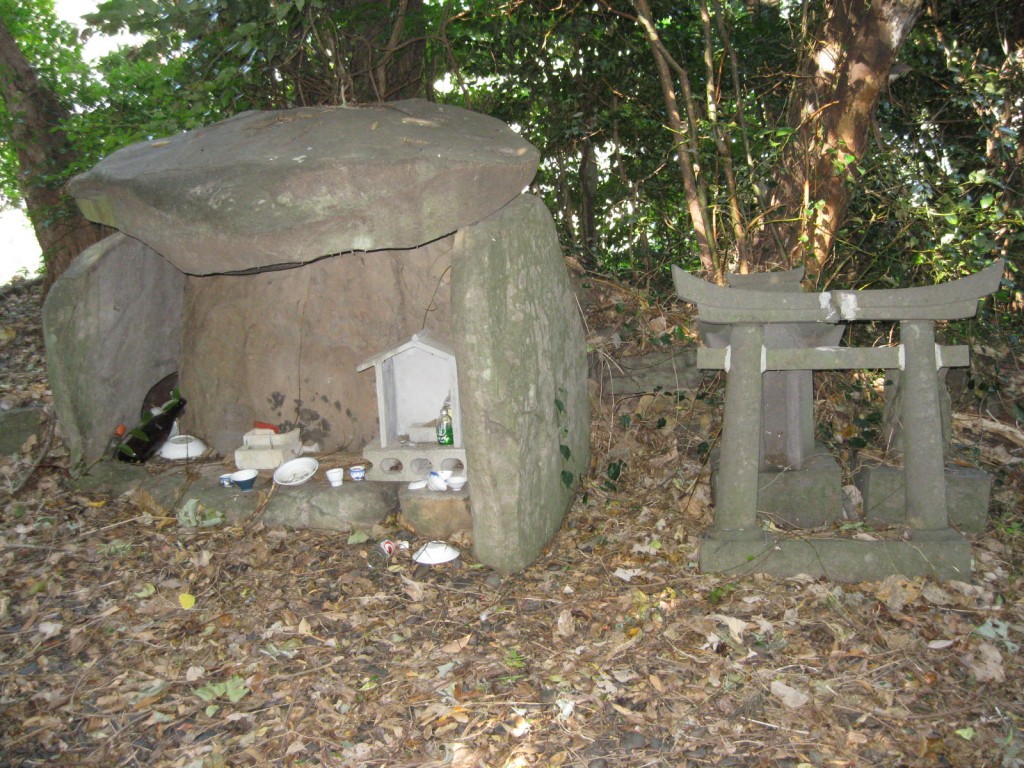On this, the third anniversary of the Tohoku disaster, I’d like to post this excerpt by Richard Lloyd Parry from a longer article he wrote for the London Review of Books. It draws attention to something that I’ve long felt from my own observations, that at root ancestor worship is the true religious impulse of the country and that this underlies both Shinto and Buddhism. (For the full article, click here.)
******************************************************
When opinion polls put the question, ‘How religious are you?’, the Japanese rank among the most ungodly people in the world. It took a catastrophe for me to understand how misleading this self-assessment is. It is true that the organised religions, Buddhism and Shinto, have little influence on private or national life. But over the centuries both have been pressed into the service of the true faith of Japan: the cult of the ancestors.
 I knew about the ‘household altars’, or butsudan, which are still seen in most homes and on which the memorial tablets of dead ancestors – the ihai – are displayed. The butsudan are black cabinets of lacquer and gilt, with openwork carvings of lions and birds; the ihai are upright tablets of black polished wood, vertically inscribed in gold. Offerings of flowers, incense, rice, fruit and drinks are placed before them; at the summer Festival of the Dead, families light candles and lanterns to welcome home the ancestral spirits.
I knew about the ‘household altars’, or butsudan, which are still seen in most homes and on which the memorial tablets of dead ancestors – the ihai – are displayed. The butsudan are black cabinets of lacquer and gilt, with openwork carvings of lions and birds; the ihai are upright tablets of black polished wood, vertically inscribed in gold. Offerings of flowers, incense, rice, fruit and drinks are placed before them; at the summer Festival of the Dead, families light candles and lanterns to welcome home the ancestral spirits.
I had assumed that these picturesque practices were matters of symbolism and custom, attended to in the same way that people in the West will participate in a Christian funeral without any literal belief in the words of the liturgy. But in Japan spiritual beliefs are regarded less as expressions of faith than as simple common sense, so lightly and casually worn that it is easy to miss them altogether. ‘The dead are not as dead there as they are in our own society,’ the religious scholar Herman Ooms writes. ‘It has always made perfect sense in Japan as far back as history goes to treat the dead as more alive than we do … even to the extent that death becomes a variant, not a negation of life.’
At the heart of ancestor worship is a contract. The food, drink, prayers and rituals offered by their descendants gratify the dead, who in turn bestow good fortune on the living. Families vary in how seriously they take these ceremonies, but even for the unobservant, the dead play a continuing part in domestic life. For much of the time, their status is something like that of beloved, deaf and slightly batty old folk who can’t expect to be at the centre of the family but who are made to feel included on important occasions. Young people who have passed important entrance examinations, got a job or made a good marriage kneel before the butsudan to report their success. Victory or defeat in an important legal case, for example, will be shared with the ancestors in the same way.
When grief is raw the presence of the deceased is overwhelming. In households that lost children in the tsunami it became routine, after half an hour of tea and chat, to be asked if I would like to ‘meet’ the dead sons and daughters. I would be led to a shrine covered with framed photographs, toys, favourite drinks and snacks, letters, drawings and school exercise books. One mother had commissioned Photoshopped portraits of her children, showing them as they would have been had they lived: a boy who died in primary school smiling proudly in high school uniform, a teenage girl as she should have looked in a kimono at her coming of age ceremony. Here, every morning, she began the day by talking to her dead children, weeping love and apology, as unselfconsciously as if she were speaking over a long-distance telephone line.

Posthumous names of ancestors on touba sticks
The tsunami did appalling violence to the religion of the ancestors. Along with walls, roofs and people, the water carried away household altars, memorial tablets and family photographs. Cemetery vaults were ripped open and the bones of the dead scattered. Temples were destroyed, along with memorial books listing the names of ancestors over generations. ‘The memorial tablets – it’s difficult to exaggerate their importance,’ Yozo Taniyama, a priest and friend of Reverend Kaneda, told me. ‘When there’s a fire or an earthquake, the ihai are the first thing many people will save, before money or documents. People died in the tsunami because they went home for the ihai. It’s life – like saving your late father’s life.’
When people die violently or prematurely, in anger or anguish, they are at risk of becoming gaki, ‘hungry ghosts’, who wander between worlds, propagating curses and mischief. There are rituals for placating unhappy spirits, but in the aftermath of the disaster few families were in a position to perform them. And then there were those ancestors whose descendants were entirely wiped out by the wave. Their comfort in the afterlife depended entirely on the reverence of living families, which had been permanently and irrevocably cut off: their situation was as helpless as that of orphaned children.
Thousands of spirits had passed from life to death; countless others were cut loose from their moorings in the afterlife. How could they all be cared for? Who was to honour the compact between the living and the dead? In such circumstances, how could there fail to be a swarm of ghosts?


Leave a Reply